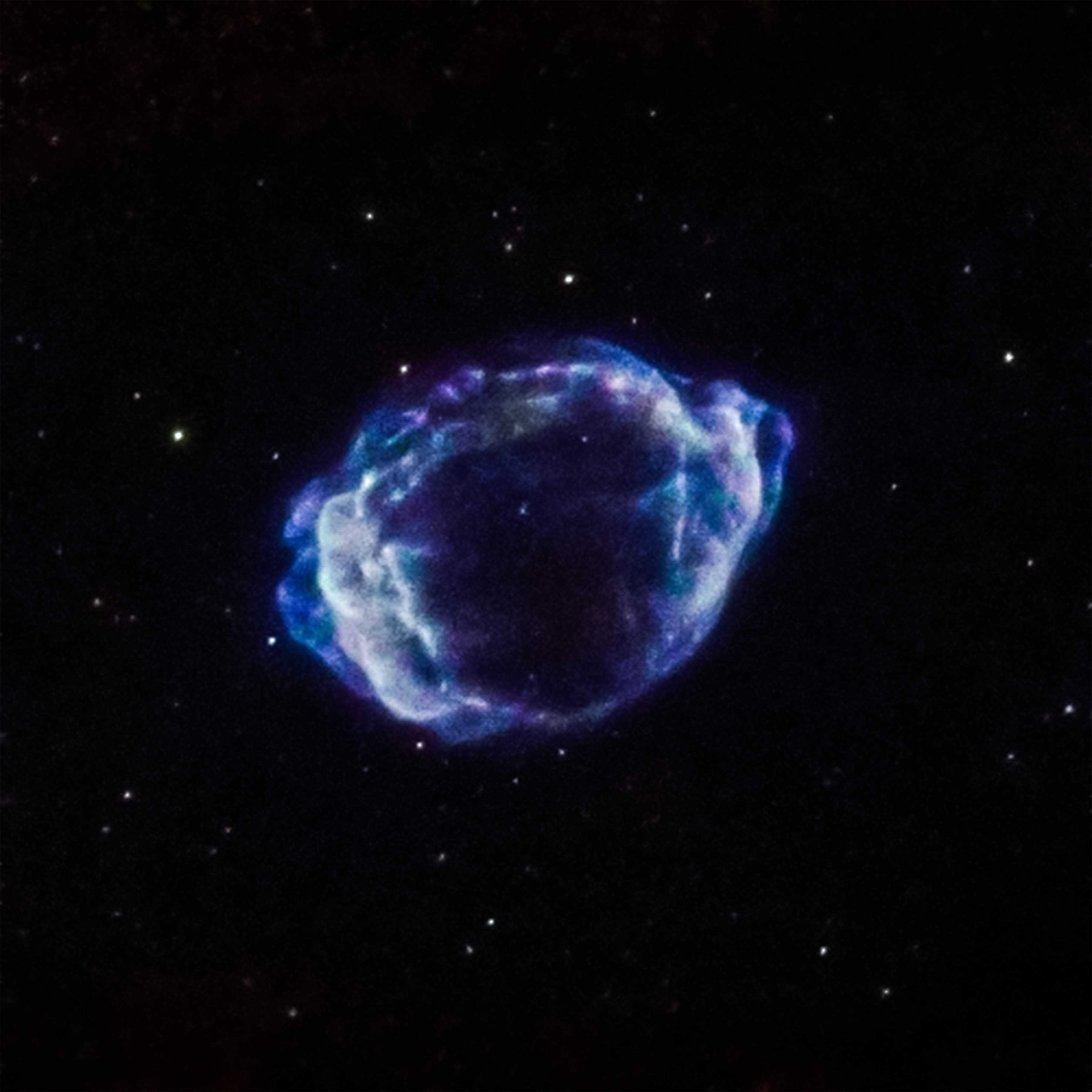In 2013, astronomers stumbled into one of the most spectacular events the Universe has to offer: a star while turning supernova. The event helped change our understanding of stellar death, as detailed by a new study published by Nature.

Image credits NASA.
Four years ago, the Samuel Oschin 48-inch telescope — working as part of the Palomar Transient Factory Survey at the time — spotted the explosion mere hours after its light became visible on Earth. Once researchers figured out what the automated system had picked up, every telescope that could point to the blast was scrambled for follow-up observations — several international facilities, Palomar’s 60-inch telescope, the Las Cumbres Observatory, the WM Keck Observatory in Hawaii, and NASA’s Swift satellite among others turned their lenses to this tiny point on the sky.
Dubbed SN 2013fs, it marked the youngest supernova known to date, taking place in the NGC 7610 galaxy some 160 million years ago. It was a once in a lifetime event. Unlike most supernovae, who are really elusive and usually go unnoticed for days or even weeks, astronomers had the chance to see the first moments of a star’s death.
“It is likely that not even a single star that is within one year of explosion currently exists in our Galaxy,” a paper published by a 33-strong team of international researchers reports.
SN 2013fs revealed several surprises. One of these was the gas cloud the star expelled in the year prior to explosion, the paper reads. This phenomenon was never picked up on before, as a supernova’s massive blast sweeps away everything that’s close to the star.
The gasses poured from 2013fs at 360,000 km/h, and totaled an estimated one-thousand of a solar mass in weight over one year. Since 2013fs is a Type II supernova — the most common type — it suggests that other Type IIs also have similar discharges of matter before explosion. This ejection shows that we need to revise our understanding of stellar bodies.
“The structure of the outer envelope of massive stars during the very late stages of evolution may significantly differ from what is predicted by stellar evolution models”, the authors write.
The full paper “Confined dense circumstellar material surrounding a regular type II supernova” has been published in the journal Nature.


